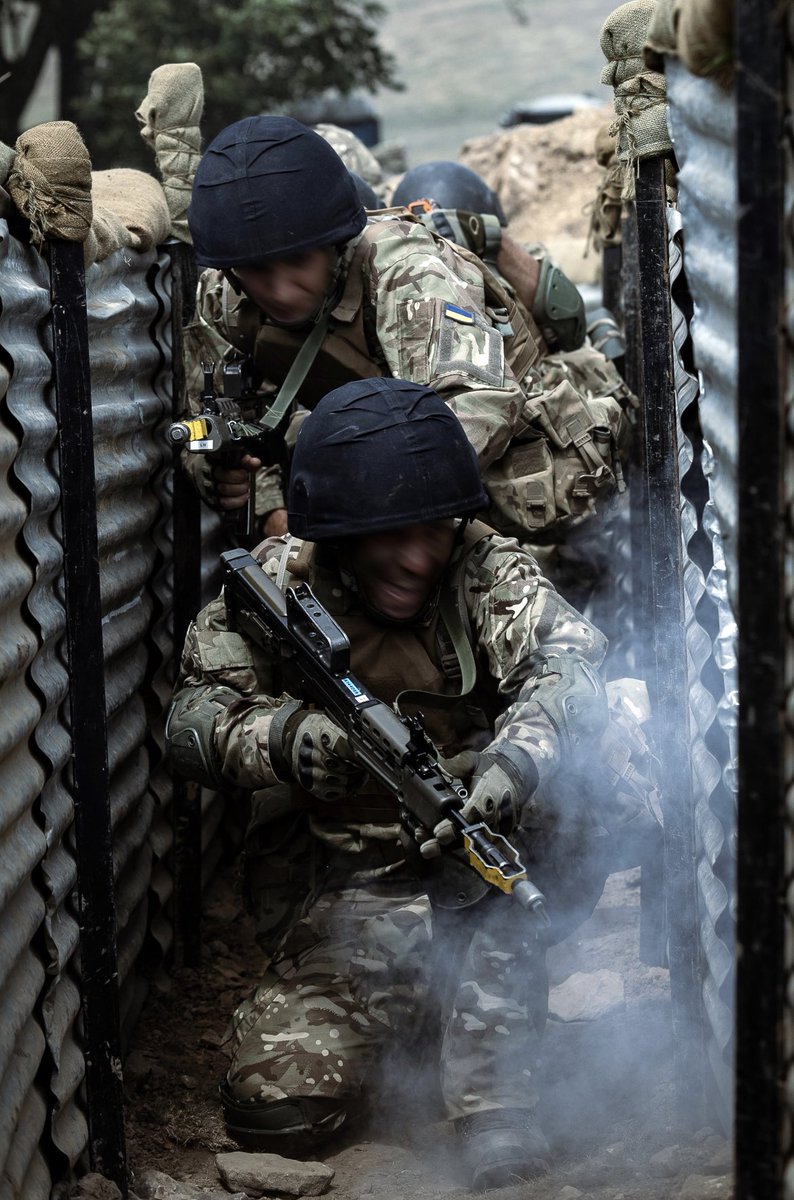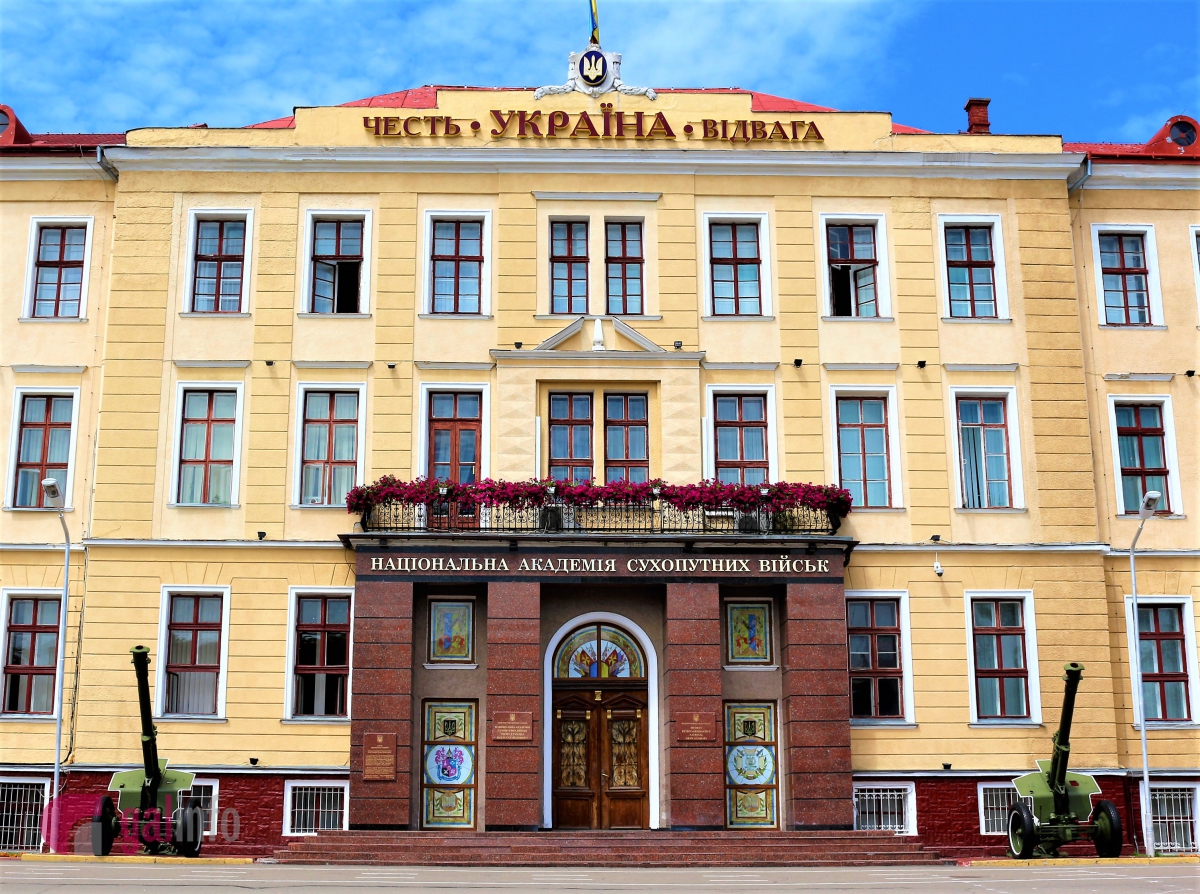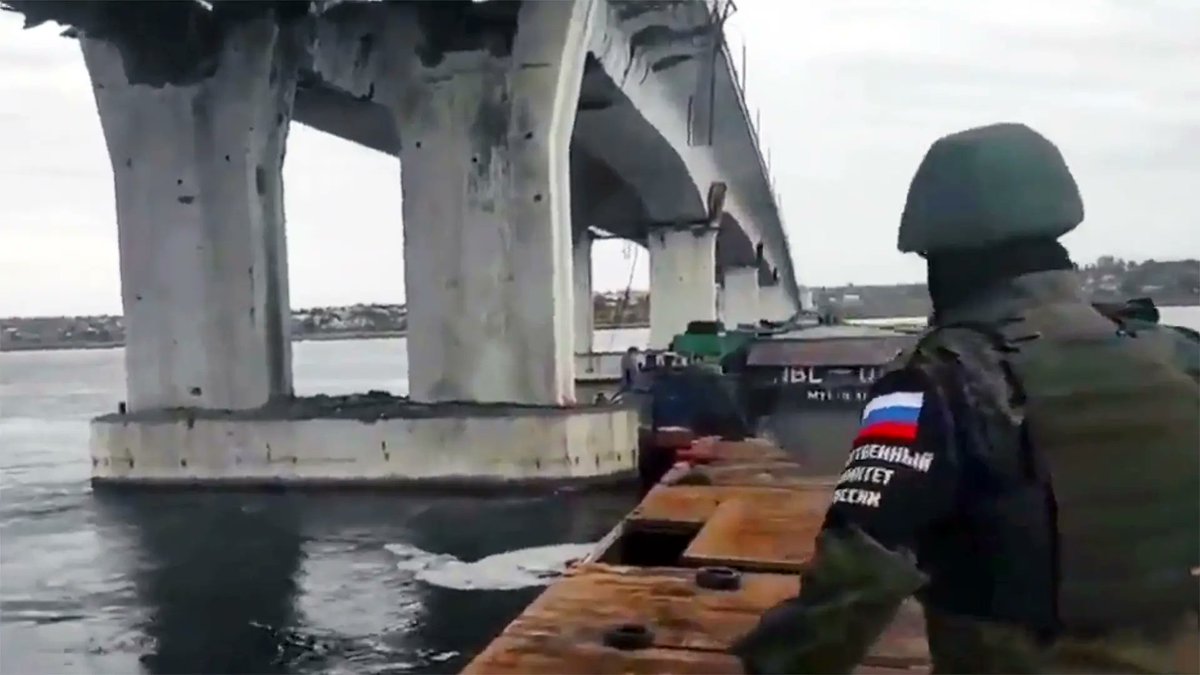
Recently, there has been coverage of Russian mobilisation of new troops for #Ukraine. There has been some chaos, but it has been an uneven process across many Russian #training depots. So I thought I would discuss what a modern military training system should look like. 1/25 🧵 

2/ What is my background to talk about this? I was a soldier for 35 years & commanded at many levels including a combined arms Brigade. I also reviewed & led the @AustralianArmy training, education, lessons & #doctrine system in 2016-2017. researchcentre.army.gov.au/sites/default/…
3/ Before I get into the structural aspects, there are some key ideas underpinning military training: alignment with core institutional mission (combat), honest assessment, realism, adaptivity, doctrinal alignment, continuous learning & good resourcing. And excellent instructors!
4/ So, what does an effective, contemporary military #training system look like? First, it is a system that integrates training, education, doctrine and lessons. These are important pillars themselves but they must be connected and integrated through strategic leadership.
5/ Second, it has both individual and collective elements. This is important. Individuals must be ‘brilliant at the basics’ before they can fight as a team. 

6/ As I wrote in my 2016 review of Australian Army training and education: “Training is a planned process that inculcates and modifies knowledge, skills and attitudes through learning experience to achieve effective performance in an activity or range of activities….”
7/ “It ensures that personnel can apply standard solutions to predictable circumstances; that is, they can deal with a familiar problem in a familiar context.” Training is for the known. Education, however, is for the unknown and unpredictable.
8/ Also from my 2016 review: “Education develops thinking processes that allow trained individuals to make connections between their training and the situations in which they find themselves in order to apply the best course of action to the situation.”
9/ “Education broadens an individual’s horizons, allowing training to be assimilated more quickly and with greater understanding. Education helps develop individuals and leaders who can think, apply knowledge, solve problems under uncertain or ambiguous conditions…”
10/ “…and communicate these solutions. Through education, soldiers find reasoned & viable solutions to complex & unanticipated situations...they can deal with complex problems in unfamiliar contexts.” The trick in military learning is the right blend of training & education.
11/ An individual training and education system is a continuum. Individuals undertake basic training, progress to specialist training (infantry, engineers, armour, logistics, etc) and then are allocated to a unit where they use this individual training. 

12/ For officers, this is similar although the type of basic training also includes leadership development, tactics, admin, logistics and other elements of leading soldiers and other military personnel.
13/ For both soldiers and officers, they require ongoing development as they become more experienced and as they demonstrate capacity to assume more responsibility and lead bigger teams.
14/ For soldiers, there will normally be a non-commissioned officer training continuum where they progress from Lance Corporal to Warrant Officer. These are technical experts in the profession of arms, provide battlefield discipline & are a link between officers and soldiers.
15/ With military officers, there is also a training and education continuum. This prepares them to lead larger organisations (up to Division & Corps). This continuum also prepares them for staff work, which is the planning, admin & other things that keep an organization running. 

16/ A final part of individual training and education is self study. This is a responsibility of a professional, and means that individuals must commit their own time to studying developments in the profession of arms to complement formal learning and their experience.
17/ The other important part of a training and education system is collective training. This is how effective sections/squads, platoons, battalions, brigades, divisions, etc are built. I know, this is Army centric!
18/ This involves a range of activities including briefings and table top activities, simulation and small scale activities in barracks, as well as command post exercises and large field exercises. In good organisations, there is a training design for each, and assessment plans. 

19/ Collective training can be run and assessed internally, or it can be run and assessed by specialist combat training centres. A mix of both is desirable. But in both, an honest and open system of assessment and feedback is necessary. 

20/ A couple of final points. First, individual and collective training should be doctrinally sound. Doctrine is based on the hard won lessons of our forebears, and provides a level of standardization that is important in large organisations. 



21/ Second, there must be a feedback loop from combat and other elements of a military institution to adapt and improve training. An honest, transparent lessons learned process is part of this.
22/ Finally, failure is a deliberate part of training and education. People must be pushed to failure (carefully designed) in training and education. It is a fine way to learn safely.
23/ Running a systemic, centrally controlled but physically decentalised military learning system takes resources, leadership, discipline and focus. It is a very hard thing to do well, even for the best institutions.
24/ But, it can be an important part of the difference between success and failure on the battlefield. The Russians, with their mobilisation process, have not yet demonstrated a first-class training system. This will have battlefield ramifications. End 

25/ Thank you to the following whose images were used in this thread: @AP @USACGSC @Doctrinatrix @IAPonomarenko @DefenceU @DefenceHQ @abcnews
• • •
Missing some Tweet in this thread? You can try to
force a refresh










